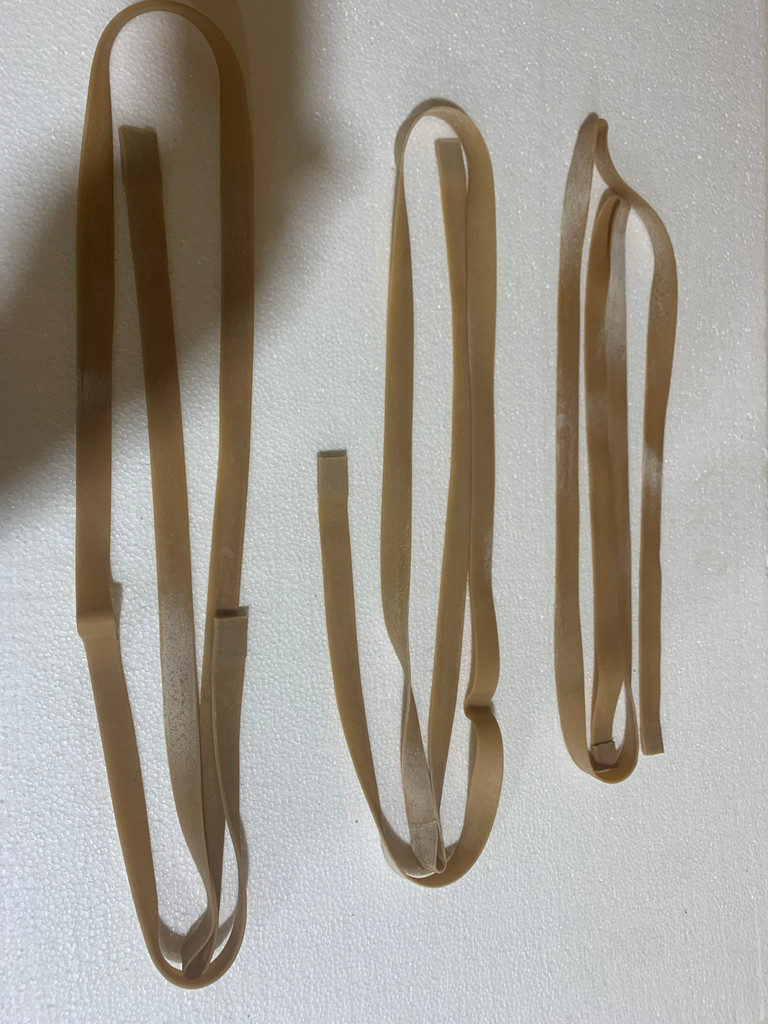Turn your Imitator into an Automatic Jerk String for rice field and shallow water duck hunting!
A great aspect of the Imitator being used as an automatic jerk string, other than being able to use it in very shallow water, is it can be placed anywhere in your spread. It doesn’t have to be close to the blind. This minimizes a dog or person having to deal with the string. Use the action line (the light green line) to tie the decoys to. There’s approximately 12’ of light green line on the Imitator. You really don’t need the dark string that’s tied on to the side the Imitator. This line is the one tied to a second decoy to pick it up and down with under normal use. You can remove it or keep it on and use it to tie off to something or you might want to tie it to another decoy to pick the unit up and down with to keep your hands out of the water. The less distance from the line to the decoys the more the decoys will move. If you use a leader to attach the decoy to the decoy string, this allows slack and the decoy won’t move until the slack is gone so the decoy will not move as soon or as far. Just tie a loop in the light green string where you want a decoy to go. Tie a loop just barely big enough to snap in the split in the loop of the keel on the front of the decoy. The tighter the better, “less is more” (more movement). You can do this every 2 ½ - 3 feet, give or take, however often you want a decoy. 4-5 decoys is about all you will get on the string.
The rubber band is cut in half making the band just a single long band. This allows more stretch so the motor is not placed in a bind. Tie the end of the string to the rubber band on one end of the band just behind the double thickness of the band. This is where the band was glued together, I cut it in half here which gives your knot something to hang on to on both ends. With string, tie a weight onto the other end of the rubber band, or you can just tie the string to a stump or whatever, anything to anchor it. I use a little piece of line and a swivel to hook on to the band and weight for easy removal.
Make sure the string is completely released from the motor, just like you would if you were setting the Imitator out as a single decoy (normal use). In other words, turn the Imitator on and let it complete a cycle. As soon as the string is released, turn the unit off. This means all of the string is out of the Imitator ready to be set up. Lay the Imitator on the bottom of the lake/pond/slough/field on its side where the string coming out of the Imitator is on the top side nearest you facing the decoys. The on/off switch will be on the bottom away from you. Stretch your string out until all of the slack is out of the string and rubber band. Don’t get the band very tight, just get all of the slack out of it. Too tight will put the motor in a bind and possibly blow a fuse. As long as the band is not too tight the fuse should handle the pull easily. The on/off switch is on the bottom side of the unit. Just pick the unit up enough to turn the switch on and lay back down. Yes, this will require getting your hands wet unless you want to tie a decoy onto the Imitator to pick it up with to keep your hands out of the water. If you do, just make sure the unit sits back down on its side with the string coming out of the unit on the top side, switch on the bottom side.
If the decoys aren’t moving good, either there’s too much slack where the decoys are tied on or the rubber band is too loose. If the band is loose, move the weighted or tied end, (not the Imitator end) a little further away. It’s much easier to move the weighted end that the Imitator end.
1 - 3/4" x 72" Rubber Band
Customer Reviews 0 (0 Reviews) Write a Review
Sorry, there are no reviews for this product yet.

